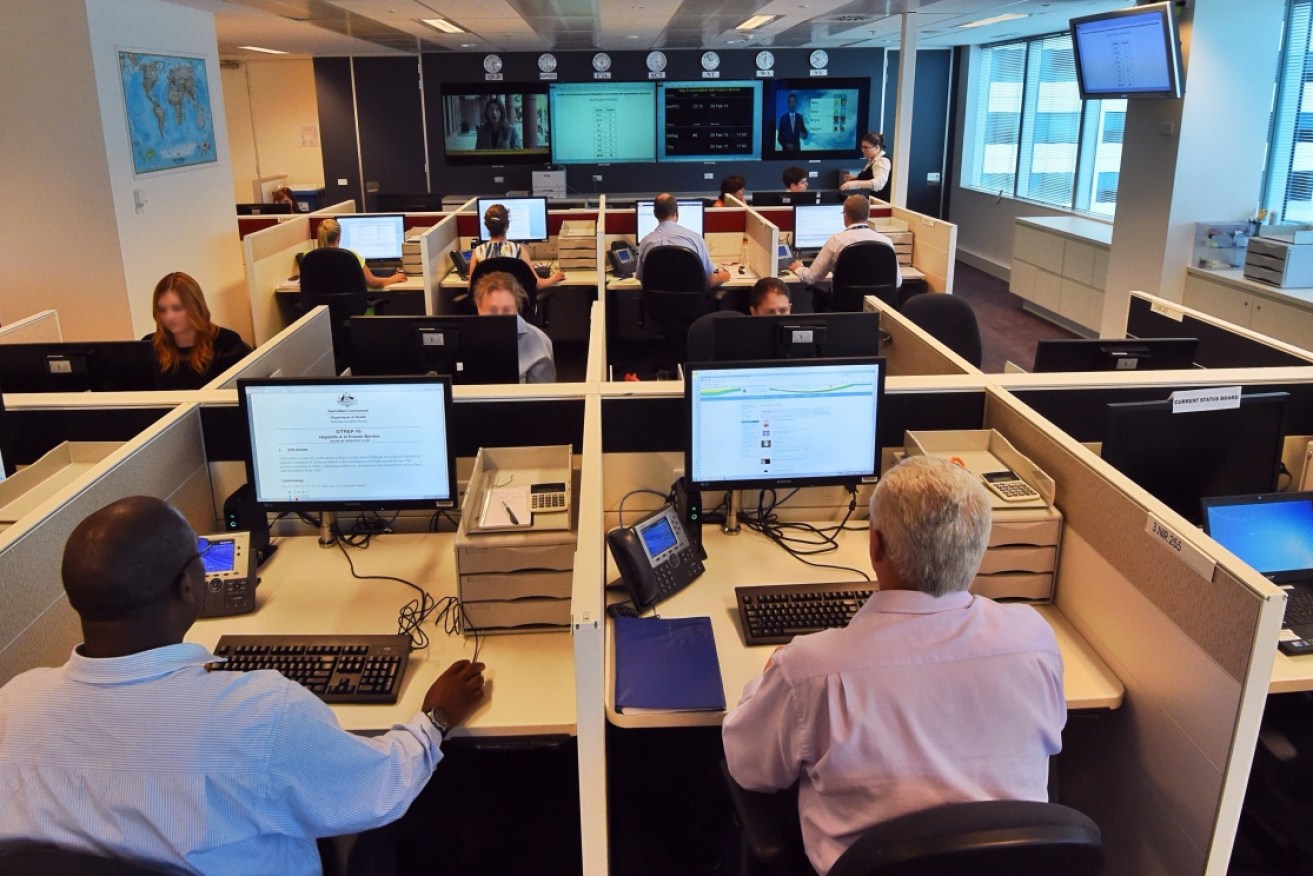Businesses aren’t rushing out to hire staff


Australian businesses aren't posting job ads at the same rate they were 12 months ago. Photo: AAP
The growth in demand for workers has slowed from the giddy days of a couple of years ago, when a record number of people found employment.
With the usual uncertainty surrounding a federal election brewing and worries growing over the economic outlook both domestically and globally, businesses might not be rushing out to hire staff to the same extent as they once were.
But while the growth in job advertising might have slowed, there is still a sufficient number of ads out there to eventually get the unemployment rate below 5 per cent, according to Commonwealth Bank chief economist Michael Blythe.
“Even if the growth rate is slowing, the flow of new vacancies every month or quarter is still very large,” Mr Blythe told The New Daily.
New labour force figures will be released on Thursday, which economists expect will show a 20,000 rise in employment for December. That will keep the jobless rate at 5.1 per cent, after it briefly dipped to a six-year low of 5 per cent in October.
One guide to future employment, the Department of Jobs and Small Business’s Vacancy Report, was released on Wednesday.
It measures the number of jobs advertisements on the internet each month. They grew by a slim 0.7 per cent in December to 183,900 vacant positions.
Over the year, jobs ads increased by just 1.4 per cent. Yet they were showing double-digit growth early last year.
Similar job vacancy reports, like the quarterly data complied by the Australian Bureau of Statistics and the more frequent monthly ANZ job ads report, tell a similar story of a declining trend in growth to hire workers.
In the case of the latter, ANZ head of Australian economics David Plank calculates job ads in January will need to have risen 1.3 per cent to prevent the annual rate slipping into negative territory for the first time since March-April 2014.
Even so, despite this declining trend, Wednesday’s report shows internet job ads are still a huge 31.4 per cent or 43,900 positions above a low point in October 2013.
The turnaround in demand for workers from that trough coincided with Tony Abbott leading the Coalition to power in September 2013 on a platform of creating one million jobs in five years. That election promise was actually fulfilled in four and half years under his successor Malcolm Turnbull, which included a whopping 400,000 people entering the workforce in 2017 – a record for one year.
Growing employment has been a key success for the government under its watch and a fact it won’t let voters forget, even though it is actually business that does the hiring.
Treasurer Josh Frydenberg used a keynote speech to the Sydney Institute this week to crow that it was his government’s achievement of securing multiple free trade agreements as a factor for 1.2 million people gaining a job. That has driven down the unemployment rate after Labor left office with the rate at 5.7 per cent.
“Importantly, more than half of the 1.2 million jobs created have been filled by women, with a record number of females now in the workforce,” Mr Frydenberg said.
“They are also being joined by growing numbers of young people, with over 100,000 young people getting a job last year, the highest number on record.”
However, the Australian Industry Group’s (Ai Group) national CEO survey on the prospects for 2019 painted a cautious outlook for the economy. The Ai Group, which represents tens of thousands of employers, found risks to the outlook from the rising barriers to global trade, the impact of the housing market downturn, consumer caution, the continuation of the drought, as well as the direction of workplace arrangements.
But as the group’s chief executive, Innes Willox, told ABC radio earlier this week, it is the coming federal election that will cause businesses “to stop to watch, wait and see”.
“They are not going out to make huge investments at a time when there is heightened policy uncertainty,” Mr Willox said.
Election aside, the survey found the biggest inhibitor to business this year was a lack of consumer demand, followed by skill shortages.
Nearly a quarter of businesses nominated the latter as their top concern, triple the proportion of two years ago. A lack of appropriately skilled staff in the past has helped to lift wages more broadly, something that has been missing in the recent employment upswing.
“It would hose down a lot of those concerns about household debt and falling house prices and the like if there was a bit more wages growth,” Mr Blythe said.
It might even make voters more appreciative of their government, although opinion polls suggest otherwise.








